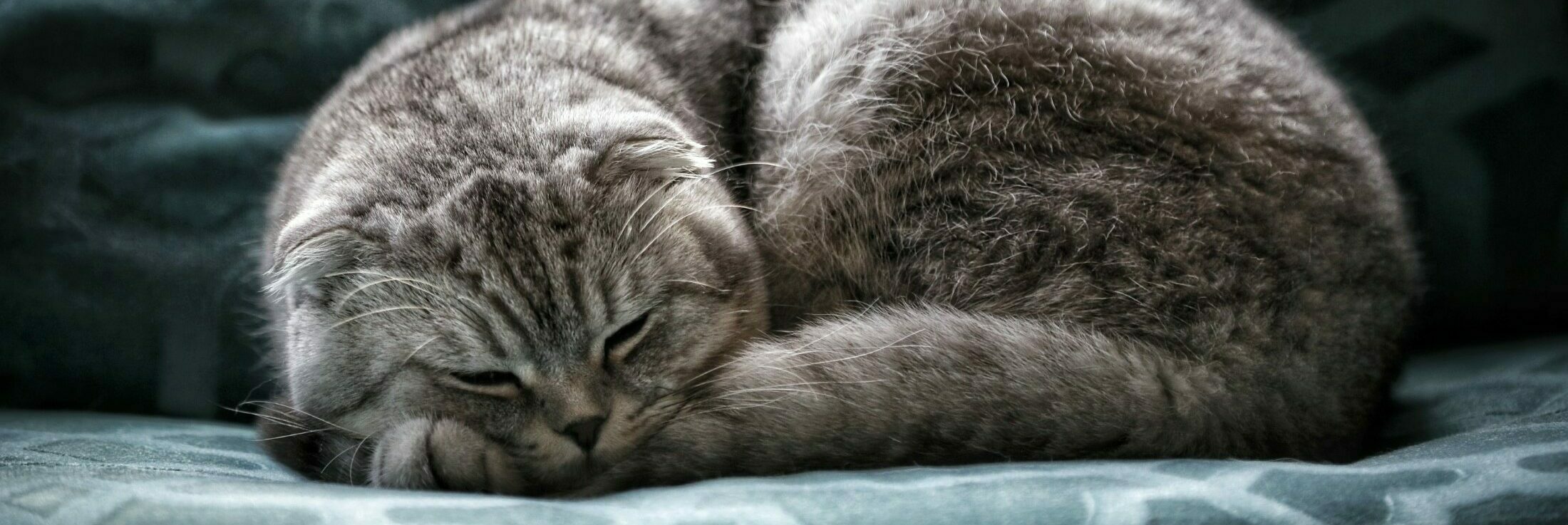Cats, in comparison to dogs, have a lower incidence of fractured teeth. However, a specific type of fracture is notable, particularly in their canine (fang) teeth. These fractures often manifest as minute fissures at the tips of the canines, easily escaping visual detection.
Despite their subtle appearance, these small fractures in the fangs can lead to significant issues. The most concerning consequence is the exposure of the pulp chamber, the nerve chamber within the tooth. This exposure, although minimal, increases the risk of infection, potentially resulting in the demise of the affected tooth.
The challenge lies in the difficulty of visualizing these fractures due to their size. Many cats may exhibit extensive damage to the tooth below the gum line, yet the outward appearance remains deceptively normal. Therefore, close inspection becomes imperative, necessitating thorough examination under anesthesia and the use of dental radiographs.
Regardless of the size of the fracture, any suspicion of a fractured fang tooth in a cat warrants immediate attention. Early diagnosis empowers timely intervention, allowing for the preservation of the tooth and sparing the feline from the enduring pain associated with long-term infection.
By advocating for regular check-ups, thorough examinations, and proactive intervention, we can ensure the longevity of our feline friends’ dental health, sparing them from unnecessary pain and complications.
If you have concerns or questions, feel free to reach out to our team for further guidance.

